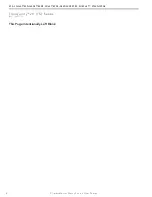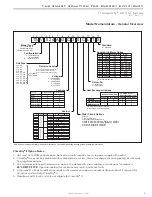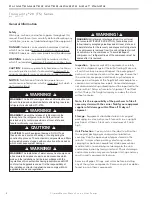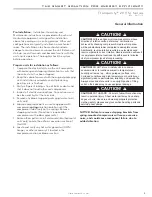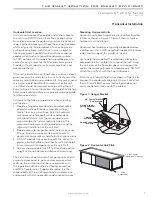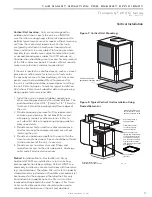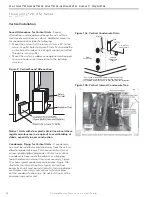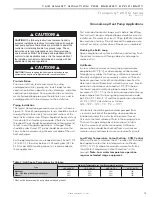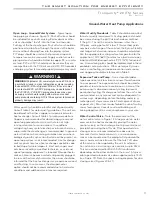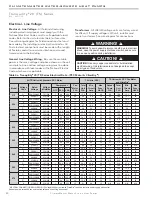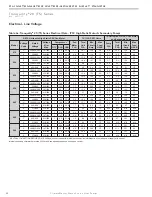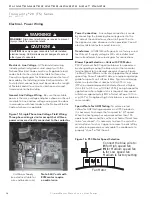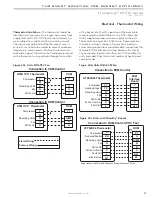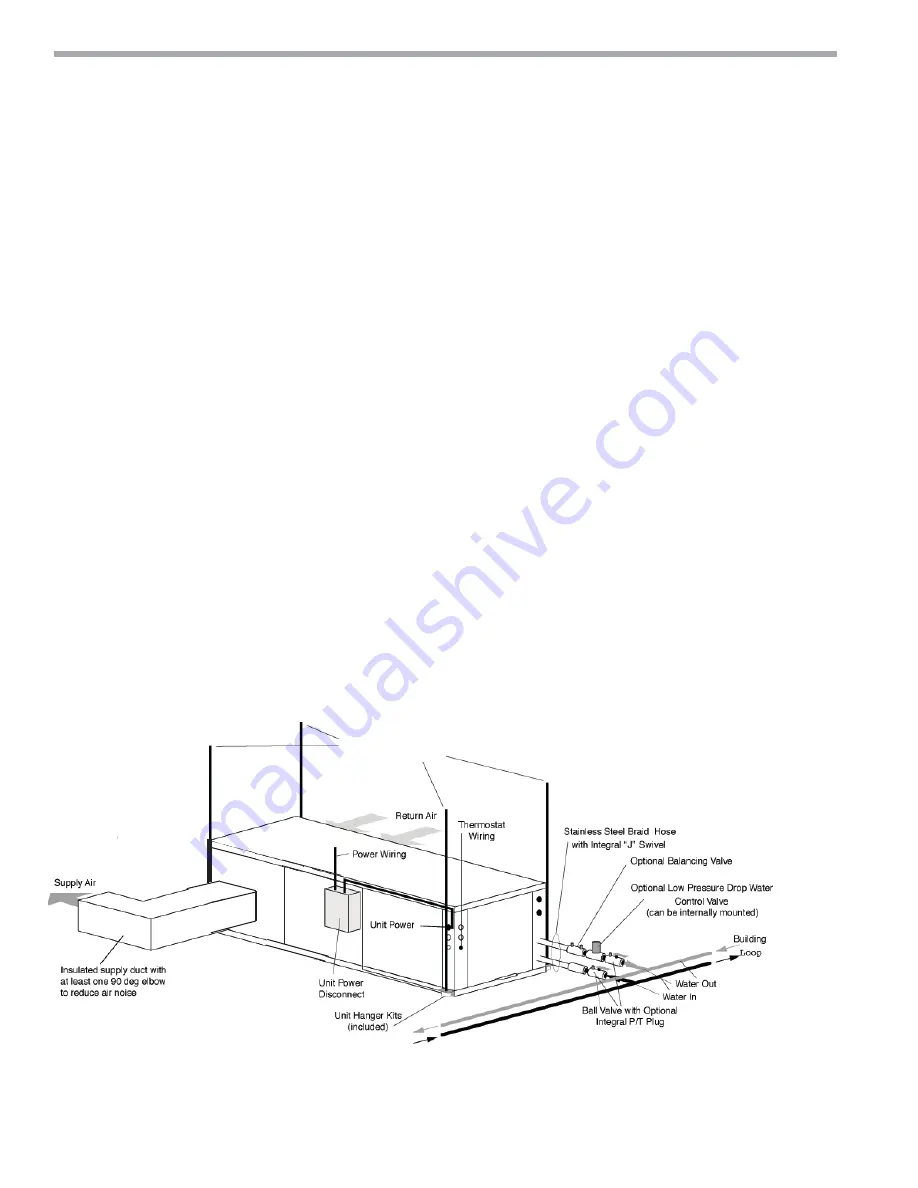
14
C l i m a t e M a s t e r W a t e r- S o u r c e H e a t P u m p s
C L I M A T E M A S T E R W A T E R - S O U R C E H E A T P U M P S
Tr a n q u i l i t y
®
2 0 ( T S ) S e r i e s
R e v. : 0 6 / 1 7 / 1 5
Water-Loop Heat Pump Applications
Commercial Water Loop Applications
Commercial systems typically include a number of
units connected to a common piping system. Any unit
plumbing maintenance work can introduce air into the
piping system; therefore air elimination equipment
is a major portion of the mechanical room plumbing.
Consideration should be given to insulating the
piping surfaces to avoid condensation. ClimateMaster
recommends unit insulation any time the water
temperature is expected to be below 60ºF (15.6ºC).
Metal to plastic threaded joints should never be used due
to their tendency to leak over time.
Tefl on
®
tape thread sealant is recommended to
minimize internal fouling of the heat exchanger. Do
not over tighten connections and route piping so as
not to interfere with service or maintenance access.
Hose kits are available from ClimateMaster in different
confi gurations as shown in Figure 12 for connection
between the unit and the piping system. Depending
upon selection, hose kits may include shut off valves,
P/T plugs for performance measurement, high pressure
stainless steel braided hose, “Y” type strainer with
blow down valve, and/or “J” type swivel connection.
Balancing valves and an external low pressure drop
solenoid valve for use in variable speed pumping
systems may also be included in the hose kit.
The piping system should be fl ushed to remove dirt,
piping chips, and other foreign material prior to
operation (see “Piping System Cleaning and Flushing
Procedures” in this manual). The fl ow rate is usually set
between 2.25 and 3.5 gpm per ton [2.9 and 4.5 l/m per
kW] of cooling capacity. ClimateMaster recommends 3
gpm per ton [3.9 l/m per kW] for most applications of
water loop heat pumps. To ensure proper maintenance
and servicing, P/T ports are imperative for temperature
and fl ow verifi cation, as well as performance checks.
Water loop heat pump (cooling tower/boiler) systems
typically utilize a common loop, maintained between
60 - 90°F [16 - 32°C]. The use of a closed circuit evaporative
cooling tower with a secondary heat exchanger between
the tower and the water loop is recommended. If an
open type cooling tower is used continuously, chemical
treatment and fi ltering will be necessary.
Figure 12: Typical Water-Loop Application
3/8" [10mm] threaded rods
(by others)
Low Water Temperature Cutout Setting - CXM Control
When antifreeze is selected, the LT1 jumper (JW3) should be clipped to select the low temperature (antifreeze
10.0°F [-12.2°C]) setpoint and avoid nuisance faults (see “Low Water Temperature Cutout Selection” in this manual).
Note: Low water temperature operation requires extended range equipment.


